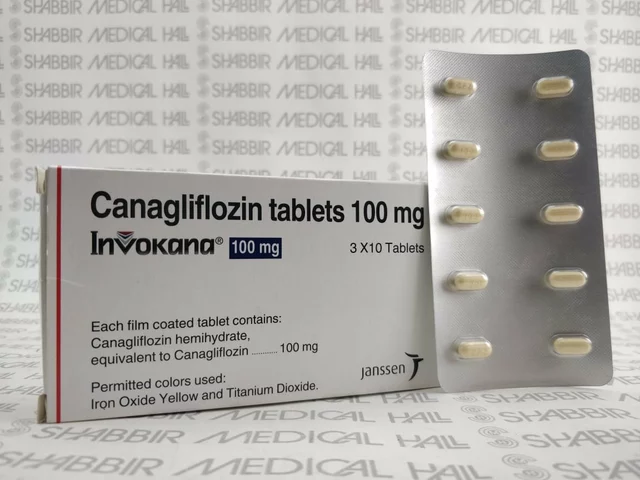Donor selection: straightforward rules to pick a safe, reliable donor
Choosing a donor is about safety, match, and clear consent. Whether you’re dealing with blood, an organ, sperm/egg, or tissue, the same basic checks matter: health history, infection testing, compatibility, and honest documentation. Here are the quick, usable steps you can use right away.
Practical checklist for choosing a donor
Use this checklist when evaluating any donor. It helps you spot problems fast and ask the right questions.
- Valid ID and consent: Confirm identity and written informed consent. No exceptions—legal paperwork protects everyone.
- Medical history: Look for chronic diseases, recent surgeries, or conditions that might affect the recipient, like autoimmune disease or cancer.
- Infection screening: Test for HIV, hepatitis B and C, syphilis, and other region-specific infections. Recent travel and tattoos matter.
- Compatibility: For blood: blood group and Rh. For organs/tissues: HLA matching where relevant. For reproductive donors: genetic screening and blood type.
- Medication and substance use: Current prescriptions, recreational drugs, and heavy alcohol use can disqualify donors or require extra caution.
- Lifestyle and risk behaviors: Recent high-risk sexual activity, incarceration, or commercial sex work should be disclosed and may affect eligibility.
- Age and physical fitness: Many programs have age ranges and fitness standards; older donors may need more testing.
Common screening tests and red flags
Testing and clear red flags reduce risk. Ask for recent lab results and repeat tests if results are old.
- Core infection panel: HIV (antibody/antigen), hepatitis B surface antigen/core antibody, hepatitis C antibody, syphilis serology. For some donors add CMV, HTLV, or region-specific tests.
- Genetic and family history: For reproductive donors, screen for major inherited disorders common in the donor’s ethnic group and check family history for early-onset disease.
- Behavioral red flags: Unexplained weight loss, recent high fevers, recent hospitalization, or inconsistent answers in history-taking are reasons to pause and investigate.
- Recent travel: Travel to malaria, Zika, or other outbreak zones often requires deferral or specific tests.
If you’re managing donor selection, document everything. Keep test dates, consent forms, and contact details. That saves time if follow-up testing or tracing is needed. When in doubt, ask a specialist—transplant teams, fertility clinics, and blood banks all have protocols you can adopt. Your goal is simple: minimize risk, maximize match, and make sure every step is recorded and reversible if new information appears.
Need a quick template or a printable checklist for a specific donor type (blood, organ, or reproductive)? I can create one tailored to your needs.

LGBT Family Planning Guide: Key Steps to Choosing Donors, Surrogates, and Legal Support
This deep-dive explores LGBT family planning, from the nuts and bolts of picking egg or sperm donors, and navigating surrogacy contracts, to untangling tricky legal details depending on where you live. It covers practical advice, useful real-life tips, and vital questions to ask every step of the way. Readers get a clear look at how to build a family on their terms. Expect concrete examples, current facts, and guidance tailored for LGBT parents. The guide links directly to an even more comprehensive resource for those craving step-by-step breakdowns.
Categories
- Medications (50)
- Health and Medicine (46)
- Health and Wellness (34)
- Online Pharmacy Guides (15)
- Nutrition and Supplements (7)
- Parenting and Family (3)
- Environment and Conservation (2)
- healthcare (2)
- prescription savings (1)
Popular Articles



